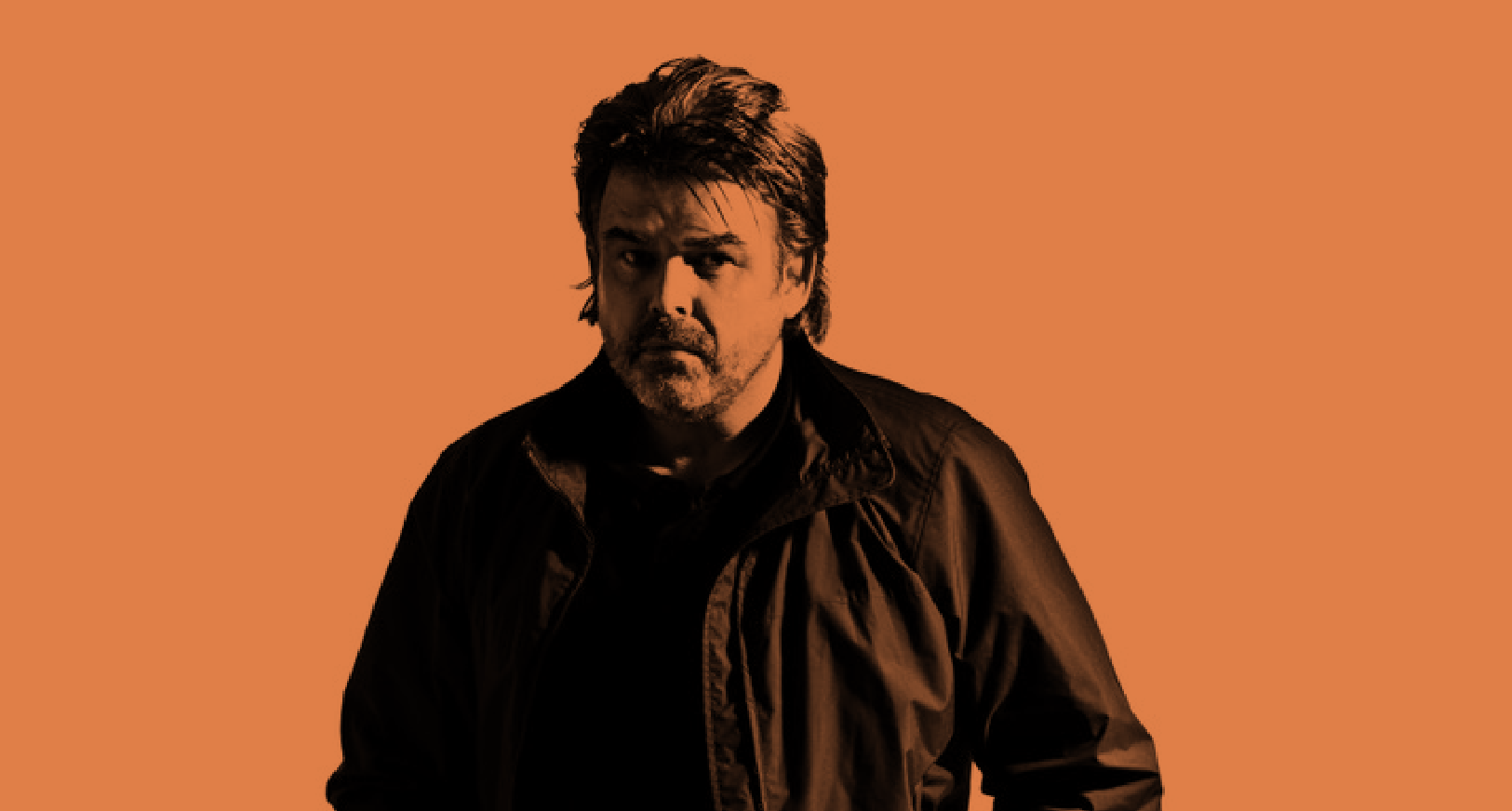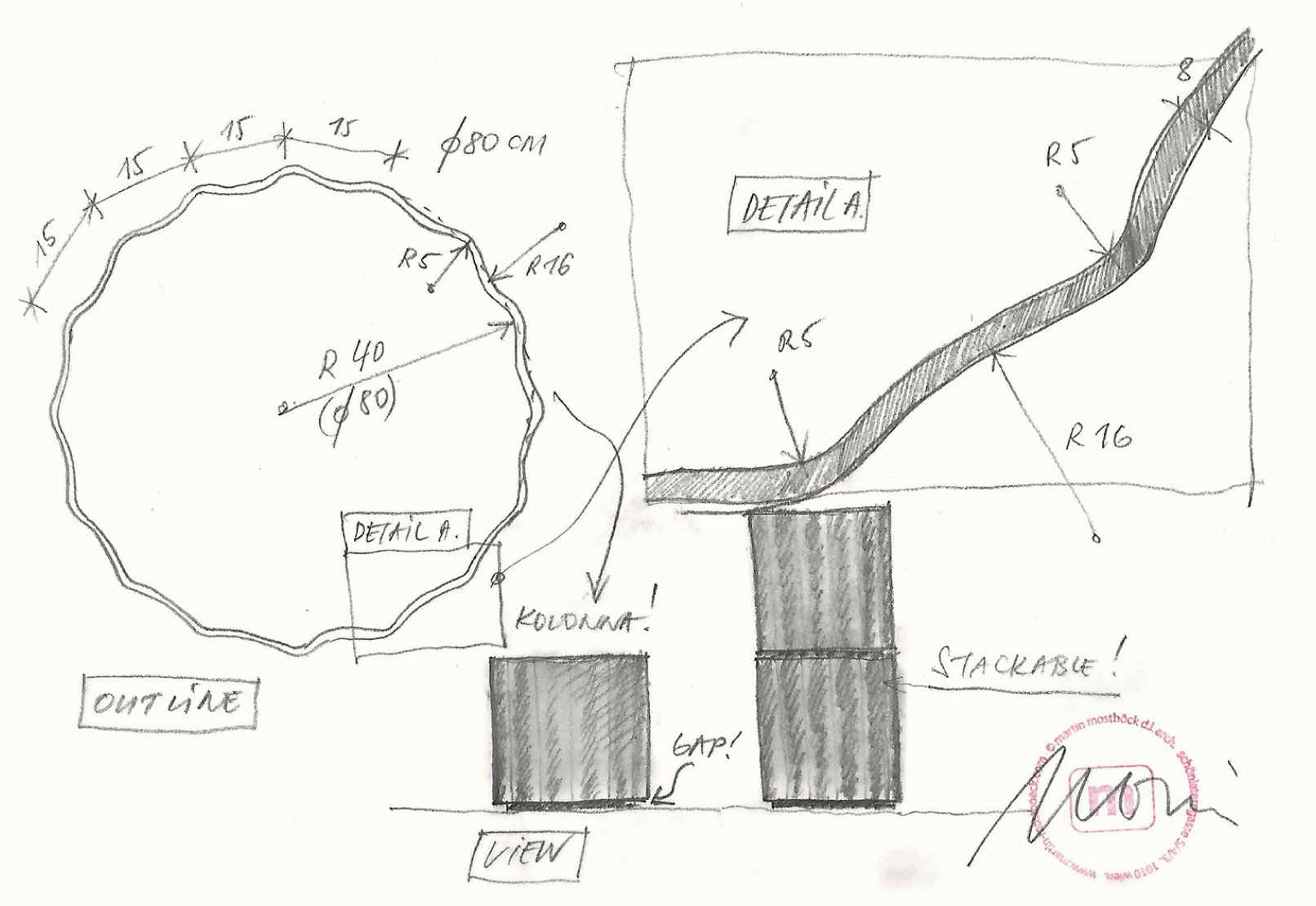Fabrication
Greenform takes pride in being the sole U.S. provider of containers created from lightweight fiber cement. Noted for its natural, durable and recyclable traits, fiber cement is an enduring and versatile material suitable for hot and cold climates. Greenform's showroom and FOB point is in Los Angeles, California, while our manufacturing facility is in the Swiss towns of Niederurnen and Payerne.
- swiss handmade
- quality + craftsmanship
- durable + lightweight
- easy installation

Material
What is Fiber Cement?
Fiber Cement is a mixture of Portland cement, reinforcing fibers, air and water. Initially moldable, the material slowly solidifies into a water and humidity resistant form.
- 10 year frost warranty
- 100% recyclable
- natural materials
- resists heat and fading
- well suited for high and low temperatures

portland cement
40%
The binding material is Swiss Portland cement, produced with sintered limestone and marly clay. Portland cement is the main component in all Greenform fiber cement products.

water
12%
The water content remains within the fiber cement panel for a long time and contributes to the continuing strengthening (hydration) of the cement stone.

reinforcing fibers
2%
Reinforcing fibers are synthetic and organic fibers made of polyvinyl alcohol and modified for fiber cement application. Similar fibers are widely used in fabrics, tissues, and fleece.

air
30%
Microscopically small air pores serve as expansion chambers for freezing water and make the product frost proof. Fiber cement is a breathable material, while simultaneously being water and weather proof.

limestone
11%
Inert additives improve certain characteristics of the fiber cement and optimize product quality.

cellulose fibers
5%
Processing fibers serve as filters during the production process. They are mainly cellulose fibers widely used in the paper industry. Recycled waste paper is used to some extent.
40%
The binding material is Swiss Portland cement, produced with sintered limestone and marly clay. Portland cement is the main component in all Greenform fiber cement products.
12%
The water content remains within the fiber cement panel for a long time and contributes to the continuing strengthening (hydration) of the cement stone.
2%
Reinforcing fibers are synthetic and organic fibers made of polyvinyl alcohol and modified for fiber cement application. Similar fibers are widely used in fabrics, tissues, and fleece.
30%
Microscopically small air pores serve as expansion chambers for freezing water and make the product frost proof. Fiber cement is a breathable material, while simultaneously being water and weather proof.
11%
Inert additives improve certain characteristics of the fiber cement and optimize product quality.
5%
Processing fibers serve as filters during the production process. They are mainly cellulose fibers widely used in the paper industry. Recycled waste paper is used to some extent.
Options
Our base colors are anthracite, gray, and white. Products in these colors are in stock, and available for immediate shipping.

Custom colors from the RAL series are made to order and require a lead time of 3-4 weeks. Additional finishes and design options are available upon request.

Behind the Scenes

Inside the Design with Martin Mostböck
Join us behind the scenes, for an interview with GOOD DESIGN award winner, Martin Mostböck
Aesthetic | How do you achieve such graceful simplicity?
“I believe in the first sketch or first idea. It needs to have power, clearness and space for Interpretation ... it needs to be well balanced from the start. In the next step there will be some models to show that this power is still there and didn't disappear. If it is so ... well done!”

Inspiration | What influenced your design for KOLONNA?
“Two sources have inspired me at the design of Kolonna. On the one hand, a strong architectural element, the Roman column, or a fragment of it, the column drum. On the other hand, the great similarity to an Eternit classic, the roof-wave, which has strongly influenced this design.”

Fabrication | How did the Fiber Cement material impact your design choices?
“In this case, the challenge in the design process was to find out whether the form could be implemented. That is, if the “corrugated” shape was feasible, and in what form without exceeding the limits of the material. In the first attempts, the ratio of waves to high and low points was too extreme and unsatisfactory. The shafts and the lines were then chosen and adjusted so that they are clearly visible and can be easily implemented in manual production.”

Execution | How does KOLONNA balance practical performance with streamlined design?
“In KOLONNA, form and function were so well balanced from the start that the end result, or rather the whole collection, results in a perfect product. A colleague told me he was surprised that the KOLONNA was not invented much earlier because it is such an archaic and conclusive product. I also ask myself this question occasionally!”

Bonus | Are there pieces you particularly enjoy designing, in addition to planters?
“I like to design chairs because finding the right solution is always a challenge. For example, last year I designed a signature chair for one of the best restaurants in Austria, Konstantin Filippou’s five-toque restaurant in Vienna. That was something very special with new detailed solutions in wood and leather, brass and upholstery. The chair is made of 100% sustainable material. All components consist of local materials that come from a radius of around 100 kilometers.”
See more of Martin’s streamlined aesthetic in the TWISTA and ARROW containers, also featured in Greenform’s collection.



Meet the Designer: Rainer
We often speak of Greenform’s commitment to providing individually hand-crafted pieces. For a closer look behind the scenes, we invite you to meet Rainer Mutsch, one of the designers creating our planters.
Read on for part one of our series on Rainer’s process and perspective.

Engineering Simplicity
“I have an engineering background but when I am starting on a new design I try to clear my mind and focus on more philosophical, social and poetic aspects. Sketching is my main tool to narrow down and bring to paper what is important for me.
It’s a constant progress of eliminating unnecessary details and shapes till you get to the point where you can´t take anything away anymore. I like timeless design, which is reduced to its essential elements but still has the potential to evoke emotion — which look new and fresh, but still create the feeling of familiarity for the recipient.”

Natural Inspirations
“It is very important that the design of the planter underlines the beauty of the plants and acts as kind of a stage for it. When I am working on a new planter I always ask myself how does the form and shape interact with the surrounding plants and outdoor environments?
In the case of “Palma” for example, palm-tree stems have been very inspirational for me and finally where the solution for a technical problem. Each hand formed fiber cement ring is connected via an overlap and together they grow into planters of up to 106cm height.”

Connecting to the Material
“To quote the Swiss designer Willy Guhl (1915-2004), “there is no ‘good’ or ‘bad’ material, what makes the difference is its right and adequate use.” My designs are in general material driven. Before I start with the first sketch I love to take my time and visit the production facilities, talk to the workers about the material´s advantages and disadvantages and learn about its history.
I select materials very carefully, based on its future function and usage. So, due to the fact that fiber cement was used over the last 100 years as a cladding and roofing material, the objects made of it are very durable and proven to be perfect for year-round outdoor use. My aim is to develop tailor made designs, and I love when final products tell a story about the material and how it was made.”

Facing Design Challenges
“For me, “Dune” was very demanding project. Knowing the production machinery very well, my aim was to create a piece of furniture made out of one entire fiber cement plate with practically no offcuts. Therefore, I had to push the material to its limits.
A lot of research and many prototypes (spanning 1.5 years) were necessary in order to get the maximum stability out of the 3D-deformed fiber cement. Eventually, the geometry of the chair supported its stability through the controlled expansion and compression of the material. Dune combines maximum stability with minimal material thickness.
My happiest moment was when I received the test results for public space requirements. We had to reach at least 250kg (weight load on seating surface) – but through Dune´s special geometry we have reached almost 1000kg. That’s how you make a designer smile!”

